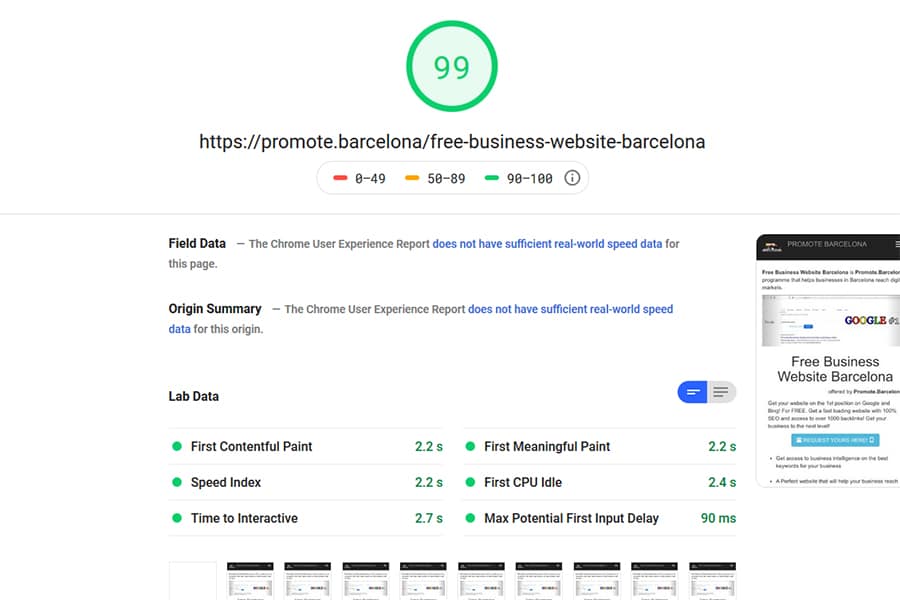Orthopedic legs - Hip-knee-lower leg foot orthoses comprise of similar parts as portrayed for the standard AFOs and KAFOs, with the expansion of a connected lockable hip joint and a pelvic band to control developments at the anatomic hip joint.
These incorporate inflexible, mortar of-Paris projects which are applied to a cracked appendage to give unbending immobilization while mending happens, to break orthoses that grants preparation of joints nearby the crack.
These last option kinds of break orthoses have been utilized most frequently to treat cracks of the shafts of the tibia and femur when inward obsession is superfluous, contraindicated, or rejected by the patient, and while mending is altogether deferred or doesn't happen.
They permit useful ambulation with dynamically expanding weight bearing.
Orthopedic legs
The break orthoses incorporate 3 principal parts: (I) a chamber that fits near the cracked appendage; (ii) a footplate, which is worn inside the shoe; and (iii) a joint system, which connects the footplate to the tube shaped part. Comparative joint components might be utilized for the knee, associating the abovementioned and beneath knee pieces.
Plastic Shield is a defensive safeguard made to the mortar model of a patient's toe or part of the foot. The materials utilized are plastic, elastic paddings and nylon or chamois. Safeguarding a disfigurement from pressure is utilized.
In a randomized report, Toda and Tsukimura (2006) assessed the impact of wearing a horizontal wedged insole with a subtalar tie for quite a long time in patients with OA varus deformation of the knee (knee OA). A sum of 61 female short term patients with knee OA who finished an earlier half year study were approached to wear their
individual insoles consistently as treatment over the span of the 2-year study.
The femoro-tibial point (FTA) was surveyed by standing radiographs got while the subjects were shoeless and the Lequesne record of the knee OA at 2 years was contrasted and those at standard in every insole bunch.
A sum of 13 patients (21.3 %) didn't have any desire to wear the insole constantly and 5 (8.2 %) pulled out for different reasons.
The 42 excess patients who finished the 2-year study were assessed. At the 2-year appraisal, members wearing the subtalar lashed insole (n = 21) showed essentially diminished FTA (p = 0.015), and fundamentally further developed Lequesne record (p = 0.031) in examination with their gauge evaluations.
Orthopedic legs details
These tremendous contrasts were not found in that frame of mind with the customary shoe embedded wedged insole (n = 21). The creators reasoned that main those subjects utilizing the subtalar tied insole showed tremendous change in the FTA in examination with the pattern evaluations. In the event that the insole with a subtalar lash keeps up with FTA for over 2 years, it might limit the movement of degenerative articular ligament sores of knee OA.
Shimada et al (2006) analyzed the impacts of sidelong wedged insoles on knee energy and kinematics during strolling, as indicated by radiographic seriousness of average compartment knee OA. A sum of 46 average compartment knees with OA of 23 patients with two-sided sickness and 38 knees of 19 age-matched solid subjects as controls were remembered for this review.
These agents estimated the pinnacle outer adduction second at the knee during the position period of step and the principal speed increase top after heel strike at the parallel side of the femoral condyles. Kellgren and Lawrence reviewing framework was utilized for radiographical appraisal of OA seriousness.
Orthopedic legs stats
The mean worth of pinnacle outer adduction snapshot of the knee was higher in OA knees than the control.
Utilization of horizontal wedged insoles essentially diminished the pinnacle outer adduction second in Kellgren-Lawrence grades I and II knee OA patients.
The main speed increase top worth after heel strike in these patients was generally high looked at
with the control. Use of sidelong wedged insoles altogether diminished the primary speed increase top in Kellgren-Lawrence grades I and II knee OA patients.
The creators reasoned that the dynamic and kinematic impacts of wearing of parallel wedged insoles were huge in Kellgren-Lawrence grades I and II knee OA. The outcomes support the suggestion of purpose of parallel wedged insoles for patients with ahead of schedule and gentle knee OA.
